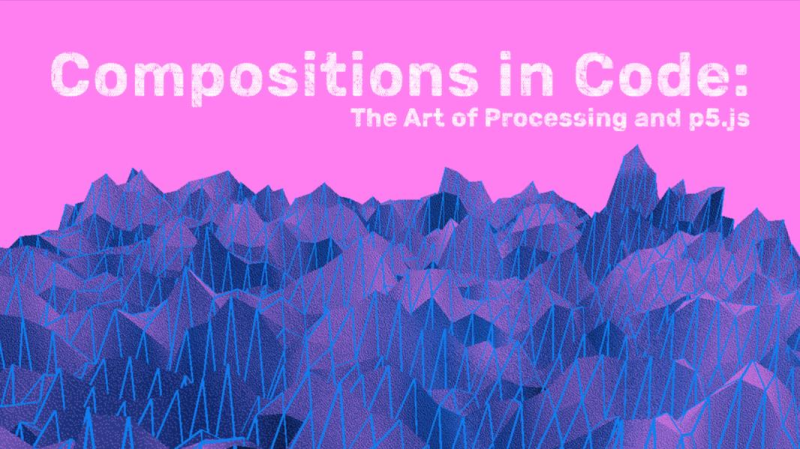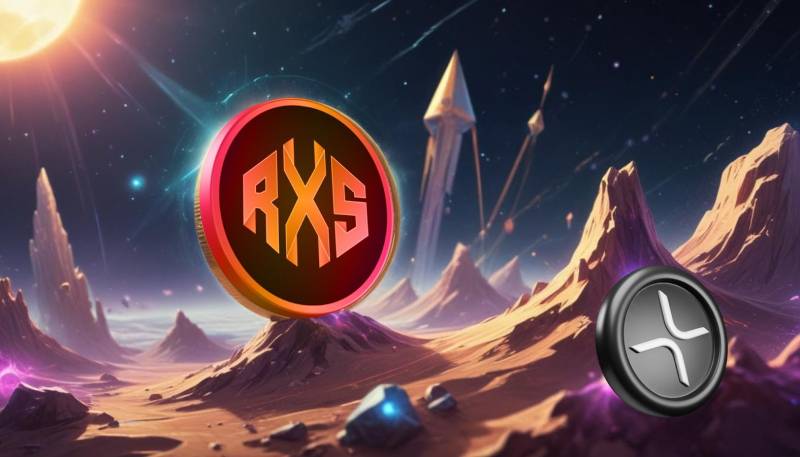 |
|
 |
|
 |
|
 |
|
 |
|
 |
|
 |
|
 |
|
 |
|
 |
|
 |
|
 |
|
 |
|
 |
|
 |
|
Diptychs의 Marius Watz & Aleksandra Jovanić, Lia & Sarah Ridgley 및 Robert Hodgin & Melissa Wiederrecht

Museum of the Moving Image has announced the final installation series in partnership with the Tezos Foundation, titled Compositions in Code: The Art of Processing and p5.js. The media art installations will be presented from March 6 through August 24 on MoMI's Herbert S. Schlosser Media Wall.
Museum of The Moving Image는 Compositions in Code : The Art of Processing and P5.JS라는 Tezos Foundation과 파트너십을 통해 최종 설치 시리즈를 발표했습니다. 미디어 아트 설치는 3 월 6 일부터 8 월 24 일까지 Momi의 Herbert S. Schlosser 미디어 월에 발표됩니다.
The featured artists in Compositions in Code all utilized the accessible, open-source programming environment Processing or the p5.js library as tools in the creation of their work. Each artist will make a fragment of the exhibited work available for the public to collect for free onsite and online via the Tezos blockchain.
코드의 구성 예술가는 모두 액세스 가능한 오픈 소스 프로그래밍 환경 처리 또는 P5.JS 라이브러리를 작업 제작의 도구로 활용했습니다. 각 아티스트는 Tezos Blockchain을 통해 대중이 현장 및 온라인으로 무료로 수집 할 수있는 전시 된 작품의 조각을 만들 것입니다.
Processing has played a pivotal role in shaping the public perception of code as a visual art form. Launched in 2001 by Casey Reas and Ben Fry, this artist-friendly, open-source programming environment made creating art with code less intimidating. Offering a simplified, sketchbook-like environment that provides immediate visual feedback, Processing remains influential 25 years later.
처리는 시각 예술 형식으로 코드의 대중의 인식을 형성하는 데 중추적 인 역할을 해왔습니다. 2001 년 Casey Reas와 Ben Fry가 시작한이 아티스트 친화적 인 오픈 소스 프로그래밍 환경은 코드가 덜 위협적으로 예술을 만들었습니다. 즉각적인 시각적 피드백을 제공하는 단순화 된 스케치북과 같은 환경을 제공하는 경우, 처리는 25 년 후에도 영향을 미칩니다.
More recently, the p5.js library, created by Lauren Lee McCarthy, has adapted these core ideas to JavaScript, which has become a popular medium for outputs meant to be shared online.
최근 Lauren Lee McCarthy가 만든 P5.JS 라이브러리는 이러한 핵심 아이디어를 JavaScript에 적용하여 온라인으로 공유 할 출력의 인기 매체가되었습니다.
Presented as a series of diptychs, Compositions in Code pairs three Processing early adopters—Marius Watz, LIA, and Robert Hodgin—with artists working regularly with p5.js: Aleksandra Jovanić, Sarah Ridgley, and Melissa Wiederrecht. Early adopters and their p5.js counterparts were involved in the curatorial process for each diptych. The exhibition is organized by MoMI’s Associate Curator of Media Arts, Regina Harsanyi.
코드의 작곡은 일련의 Diptychs로 제시되어 P5.JS와 함께 일하는 예술가들과 함께 Aleksandra Jovanić, Sarah Ridgley 및 Melissa Wiederrecht와 함께 예술가들과 함께 3 가지 초기 채택 자 (Marius Watz, Lia 및 Robert Hodgin). 얼리 어답터와 그들의 P5.JS 대응 물은 각 딥 티치의 큐레이터 프로세스에 관여했습니다. 이 전시회는 MOMI의 미디어 아트 큐레이터 인 Regina Harsanyi가 주최합니다.
The Tezos blockchain hosts many of the most renowned artists working with Processing and p5.js including all the artists participating in Compositions in Code. Popular platforms on Tezos, such as fxhash, objkt, and EditArt, all enable and support the proliferation of code-based art for thousands of creators worldwide.
Tezos Blockchain은 코드의 작곡에 참여하는 모든 아티스트를 포함하여 Processing 및 P5.JS와 함께 작업하는 가장 유명한 아티스트를 주최합니다. FXHASH, OBJKT 및 EDITART와 같은 TEZO의 인기있는 플랫폼은 모두 전 세계 수천 명의 제작자를위한 코드 기반 아트의 확산을 활성화하고 지원합니다.
On Thursday, March 6, at 7:00 p.m. MoMI, the Tezos Foundation, and the Processing Foundation will co-host an opening reception for Compositions in Code featuring a discussion with the artist Marius Watz; Aleksandra Artamonovskaja, Head of Arts at Trilitech, Tezos Ecosystem; and Roopa Vasudevan, a mentor from the Processing Foundation; moderated by Harsanyi.
3 월 6 일 목요일 오후 7시, MOMI, Tezos Foundation 및 The Processing Foundation은 아티스트 Marius Watz와의 토론을 특징으로하는 코드의 구성 리셉션을 공동 주최합니다. Aleksandra Artamonovskaja, Tezos 생태계 Trilitech의 예술 책임자; 및 Processing Foundation의 멘토 인 Roopa Vasudevan; Harsanyi에 의해 중재.
Processing and p5.js’s impact extends well beyond its technical merits, reshaping how code can be viewed as a tool for creating art. By lowering barriers to access, Processing has empowered multiple generations of artists to explore generative, interactive, and algorithmic practices. This shift has redefined not only artistic production but also art education. In parallel, p5.js combines Processing’s experimental spirit with the broad reach of the internet without requiring additional browser plug-ins. Together, these tools have become essential reference points in contemporary art discourse, while aiding teachers, researchers, and students in understanding the creative potential of code.
처리 및 P5.JS의 영향은 기술적 인 장점을 넘어서서 코드를 예술을 만드는 도구로 간주 할 수있는 방법을 재구성합니다. 접근 장벽을 낮추어 처리는 여러 세대의 예술가들이 생성, 대화식 및 알고리즘 관행을 탐구 할 수 있도록 힘을 실어주었습니다. 이러한 변화는 예술적 제작뿐만 아니라 미술 교육도 재정의했습니다. 동시에, P5.JS는 추가 브라우저 플러그인없이 프로세싱의 실험 정신과 인터넷의 광범위한 범위를 결합합니다. 이러한 도구는 함께 현대 미술 담론에서 필수적인 참조 포인트가되었으며, 코드의 창의적 잠재력을 이해하는 데있어 교사, 연구원 및 학생들을 지원합니다.
Compositions in Code: The Art of Processing and p5.js is the fourth series of media art installations for MoMI’s Schlosser Media Wall presented in partnership with the Tezos Foundation. Additional support for Compositions in Code is provided by the Processing Foundation.
코드의 작곡 : Processing of Processing 및 P5.JS는 Tezos Foundation과 제휴하여 MOMI의 Schlosser 미디어 월을위한 네 번째 미디어 아트 설치 시리즈입니다. 코드의 구성에 대한 추가 지원은 Processing Foundation에서 제공합니다.
부인 성명:info@kdj.com
제공된 정보는 거래 조언이 아닙니다. kdj.com은 이 기사에 제공된 정보를 기반으로 이루어진 투자에 대해 어떠한 책임도 지지 않습니다. 암호화폐는 변동성이 매우 높으므로 철저한 조사 후 신중하게 투자하는 것이 좋습니다!
본 웹사이트에 사용된 내용이 귀하의 저작권을 침해한다고 판단되는 경우, 즉시 당사(info@kdj.com)로 연락주시면 즉시 삭제하도록 하겠습니다.






















































